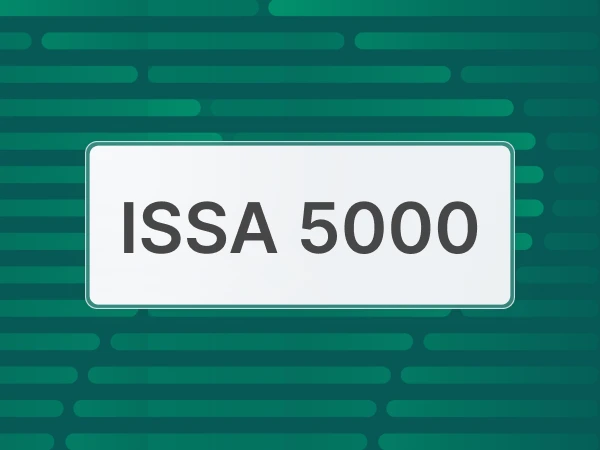Kyoto Protocol
The Kyoto Protocol It is a treaty for environmental protection published on December 11, 1997 in the homonymous city, on the occasion of the Conference of the Parties COP3 of the United Nations Framework Convention on Climate Change (UNFCCC). It was the first agreement to provide for legally binding commitments for contracting countries, in order to limit and reduce greenhouse gas emissions.
For the treaty to enter into force, however, it was necessary for it to be signed by at least 55 nations, and that these represent at least 55% of anthropogenic greenhouse gas emissions at the global level. For this reason, the Kyoto Protocol came into force only on February 16, 2005, thanks to ratification by Russia.
Currently, 192 countries and a regional economic integration organization are part of the agreement. These members are present all over the globe, with the exception of the United States of America, which decided not to ratify the agreement, despite being responsible for 36.2% of total emissions, and Canada, which withdrew the agreement in 2013.
Member States' commitment focuses on the implementation of industrial and environmental policies aimed at the quantitative reduction of greenhouse gas emissions compared to their emission levels in 1990.
The first phase of the protocol lasted four years (2008-2012). The industrialized countries committed themselves to reducing their annual emissions by 5.2%. Developing countries were exempt from this requirement.
After the renewal of the negotiations, the objectives were set for 'Kyoto II', the second commitment period, which runs from 2013 to 2020. This time other European countries and Australia also participated. During this period, members committed to reducing their emissions by at least 18% compared to 1990 levels. In particular, EU states (together with Iceland) have set their reduction target at 20%.
To achieve the objectives of the Kyoto Protocol, countries can implement three different mechanisms.
- Joint implementation
This principle is based on Article 6 of the Kyoto Protocol, and applies when a developed country creates or finances a project to reduce greenhouse gas emissions in another country, which is also committed to the objectives of reducing emissions.
The first can account for the resulting emission reductions for the purposes of the Kyoto objective in the form of Emission Reduction Units (ERUs). The host country, on the other hand, cannot credit these units to its quantities of reduced emissions, and must therefore subtract this figure from the total of its neutralized emissions.
- Emissions trading
This instrument consists of the sale of emission allowances between the countries that sign the agreement. If one of these reduces its emissions by much higher percentages than those provided for by the protocol, it may decide to sell the remaining shares to another country that is unable to achieve the required reduction objectives.
However, the commercialization of these shares cannot take place freely. In fact, emission rights concern only those countries that collaborate on the same emission neutralization project, approved and made official.
- Clean Development Mechanism
The third strategy concerns the thirteenth article of Kyoto Protocol, and allows industrialized and developing signatory countries to be able to start or finance projects and programs aimed at reducing emissions established by the agreement without emission restrictions. This tool wants to encourage developing countries to invest in sustainability projects and clean technologies, and on the other hand it makes it possible to reduce costs to fulfill the objectives of the protocol, financing projects where the cost is lower.
→ Do you want to start a path of environmental sustainability for your company? Contact us and find out how we can help you.

























